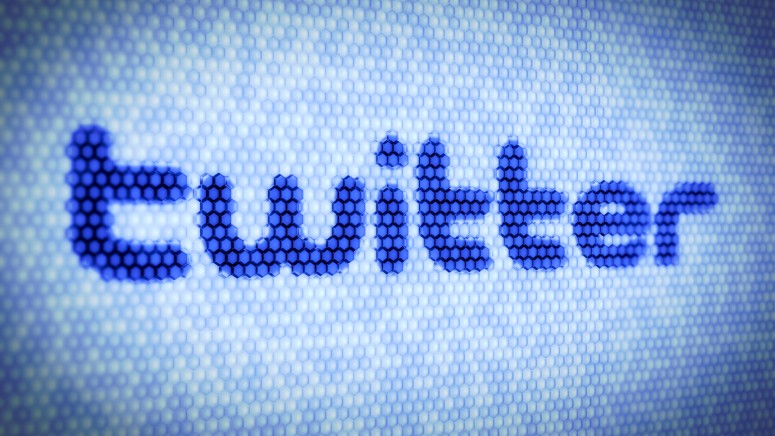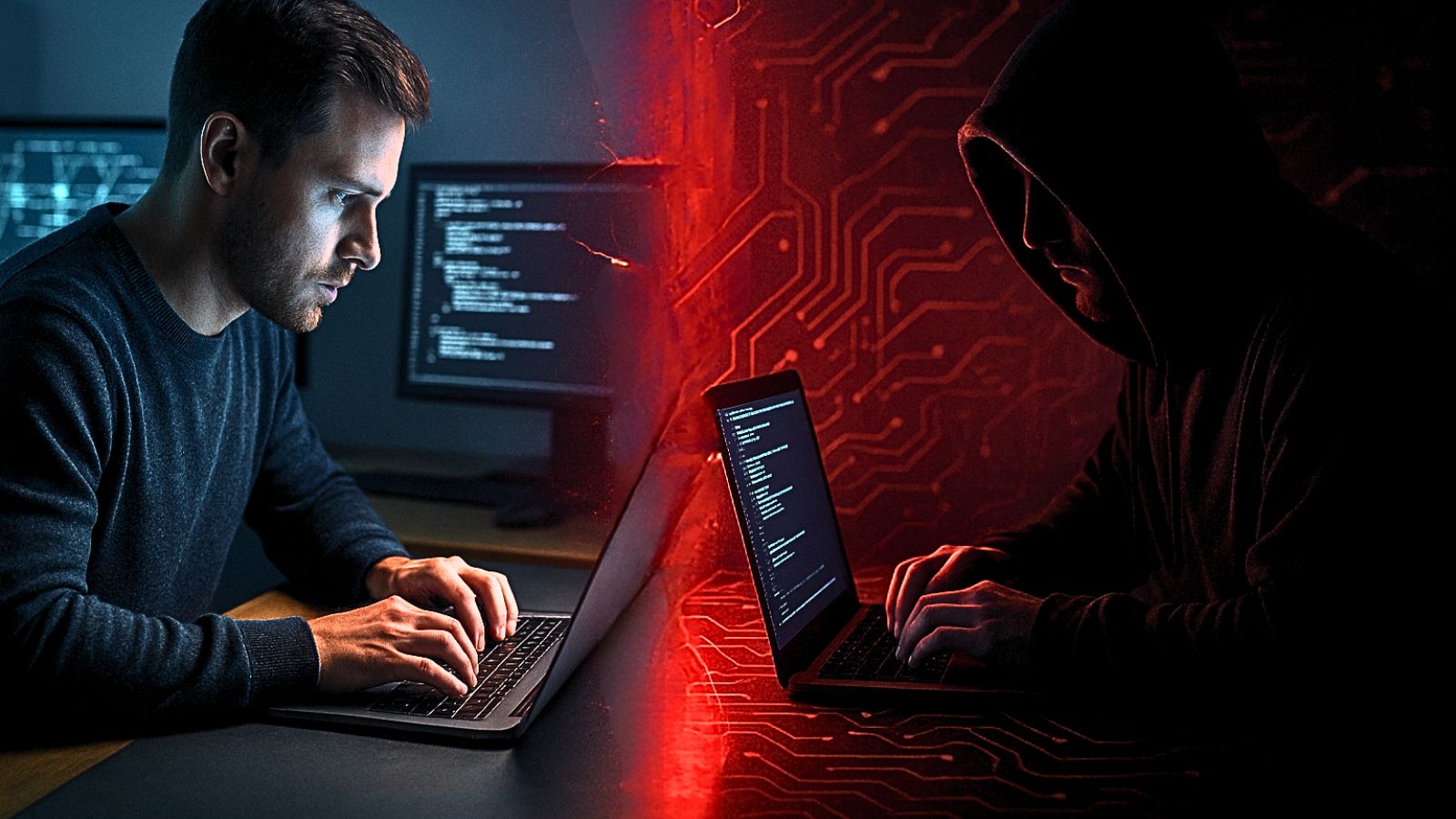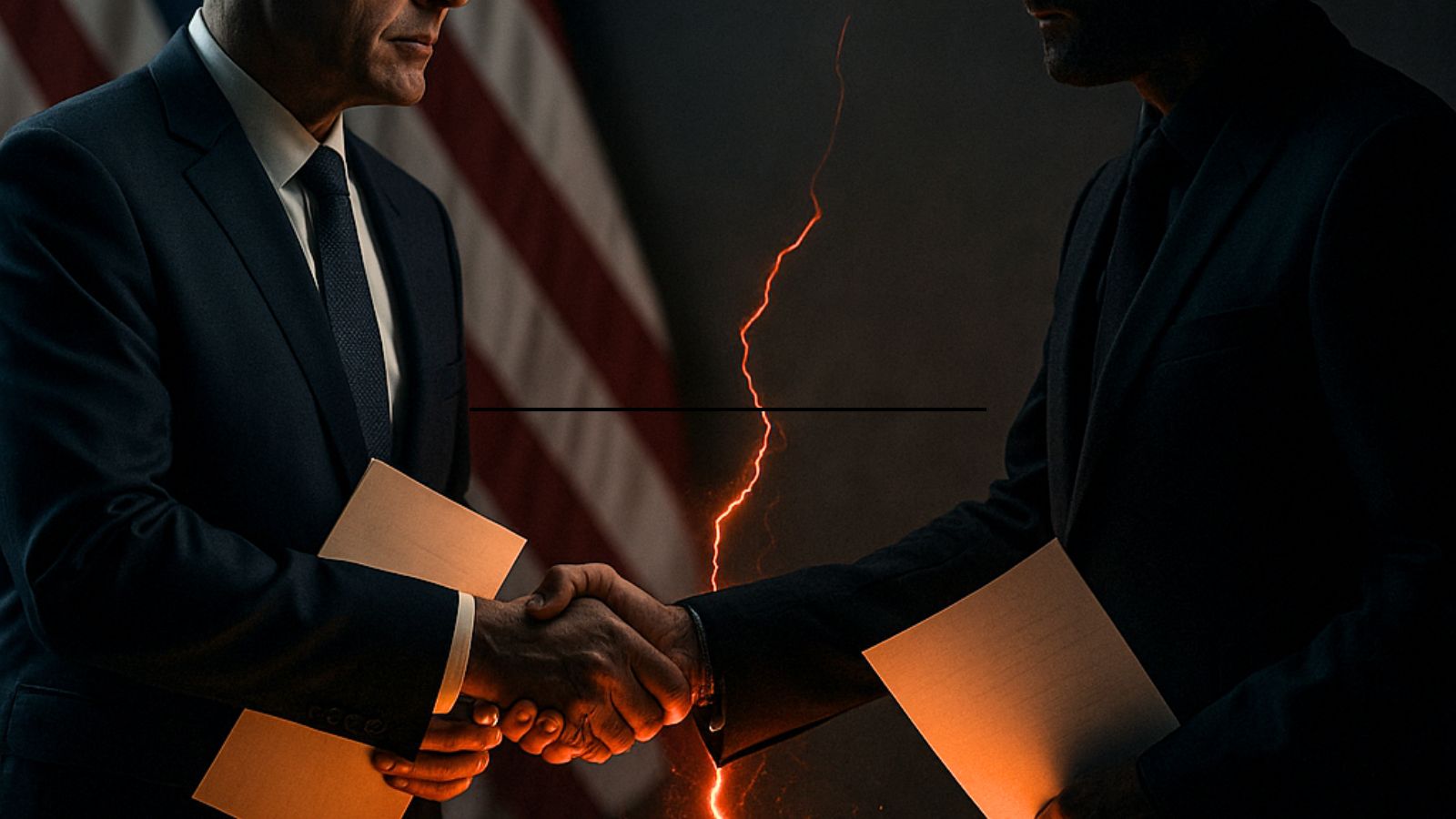
Twitter Responds to Indian Police Visit to Its Local Offices and Asks for Law Changes
- Twitter finds India’s recent moves highly intimidating and calls the government to reconsider its stance.
- The social media platform has several objections to the recently introduced “Intermediaries Rules”.
- It is possible that the American company will join WhatsApp in its legal fight against the Indian government.
On Monday, the Indian police visited Twitter’s offices in the country to serve notice after the social media platform labeled a tweet by Sambit Patra as “manipulated media.” Patra is the spokesperson of Bharatiya Janata Party (BJP), the ruling party in India, so this move wasn’t taken lightly by the government. In general, the relations between the two haven’t been going through the best of times, as Twitter isn’t happy with the numerous requests to remove tweets that are critical of how the government has handled the COVID-19 situation.
The police action seems to be the straw that broke the camel’s back, though, as Twitter sees this as a move of blatant intimidation aiming to impose censorship. Although the social media company wishes to retain its presence in India, one of the largest markets in the world, it cannot risk the freedom of expression on the platform. As such, they declare eagerness to negotiate with the government, but they also made it clear that they will not accept the new IT rules (Intermediaries Rules) that recently came into effect.
Yesterday, WhatsApp sued the government seeking to denounce the law as unconstitutional and disproportional, so it isn’t entirely unlikely that Twitter will join this legal effort against the particular law. For now, the San Francisco company would like to enter a dialog that will hopefully result in several amendments to the new law. As Twitter sees the case, the new rules inhibit free, open public conversation, as everyone who says something may be traced back by the state and punished for expressing an opinion.
A spokesperson of Twitter has stated the following:
From its side, the Indian government still pushes for the imposition of the new law, calling the internet platforms to figure out a way to trace back the originator of a message without compromising people’s privacy.
According to the government’s expert consultants, this is practically possible, so all the rest are just excuses to avoid compliance. Also, the state maintains that the new rules are there to help curb the dissemination of content that depicts underage violence and sexual abuse and disregard any warnings of potential use for censorship.






